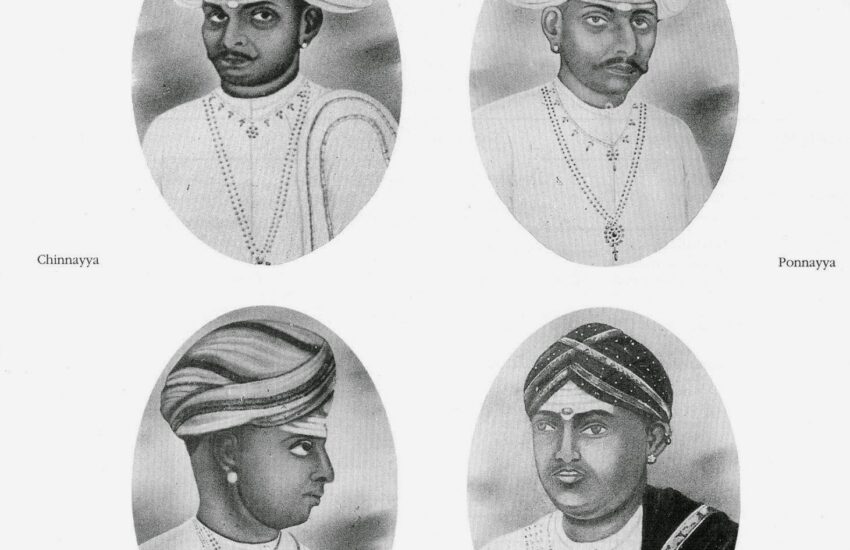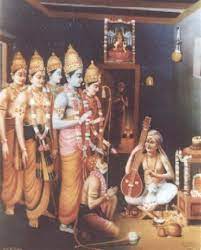B.Rajam Iyer
Interview – B.Rajam Iyer
An interview with Sangita Kalanidhi B.Rajam Iyer
Q: Can you recount the circumstances that led you to Justice T.L.Venkatrama Iyer?
In 1947,I accompanied my guru Shri. Ariyakudi Iyengarval to a concert in
Mysore.T.L.Venkatrama Iyer was also present there.He and my guru had a great respect for each other.He saw me there and asked me if I would come to Madras to learn from him.I replied that it was proper for my guru to make a decision on this.TLV then spoke to Iyengarval about this.After that my guru told me that it was definitely a great opportunity for me as TLV himself had sought me out and that I should go.I consider it a great boon to have come under such great people.
After that, TLV who was the President of RR Sabha offered me a position as a teacher and I landed in Madras.I think it was a Thursday (If I remember right) and it being an auspicious day he asked me to start right away. He told me “You have seen one ocean.I want to show you another ocean”.These were his exact words.The first krti that he taught me was the shrI mUlAdhAra cakra in shrI ragam.This opportunity to learn from him, I consider it the blessing of my guru.
Q: Could you share some of your experiences in the translation of the Sampradaya Pradarshini that you were part of under the auspices of The Music Academy?
I could say that it was the most enlightening experience in my life.I learnt several things – sUkshmams in music in that process.Dr.Raghavan and T.L.Venkatrama Iyer after obtaining the funding from the Central Government were responsible for this. I worked on the lakshya or the practical side and Dr.S.Ramanathan on the lakshana side.The whole work took us about 15-20 years.
Then he starts talking about the Sampradaya Pradarshini and Subbarama Dikshitar..
Subbarama Dikshitar had bottled up all his knowledge and when he finally relented to write the book he has poured everything out. What can we do for him – Build a temple? – In return for this wonderful treasure that he has bestowed upon us?
We then proceed with some questions on ragas,versions in his pathantharam etc.
Q: Does your version of devamanohari permit DNS or is it always PNS – the latter as in the pradarshini and the former as in several other standard pathantharas?
Yes.The prayoga RMPNDNS is very much permissible.
Q: What is your opinion of the rishaba in asaveri?
I think it is exactly what has been in the Sampradaya Pradarshini. It is catusruti rishabha and I see no reason why it should not be so?
QLAbout some of the janyas of mayamalavagaula and How one could distinguish between ragas like Purvi
As per my experience this is what is characteristic of many Dikshitar krtis,the mUrchana is merely a guideline.The subtle shades are the ones that distunguish one raga from another.Take the case of gopikavasantam krti bAlakrshnam instead of trying in vain to confine this raga to a scale and analysing it ( He sings the line bAlakrishnam bhAvayAmi… ) I’d say that these subtle phrases and shades are what constitutes that ragam. Similar is the case for a sammelana raga like ghanta where you can percieve many ragas like dhanyAsi etc while singing it.So it is with this mindset that we must approach these ragas.
Q: You are one of the few who sing the pUrnapancama piece sAdhu jana citta..
It is a simple nishAda varjya rAga.That and the other krti AnandeshwareNa are the epitomes of advaita philosophy.Here he captures the philosophy in a nutshell and in AnandeshawareNa he describes the “process” of attaning that supreme state.
Acknowledgements:
L.Ramakrishnan for his inputs
Shivakumar Bhat and Kasthuri Shivakumar for their help in arranging the interview.

